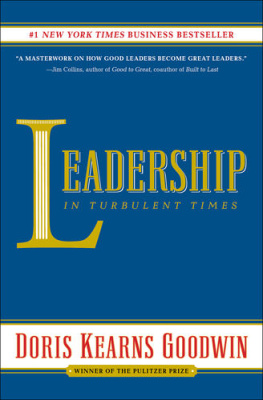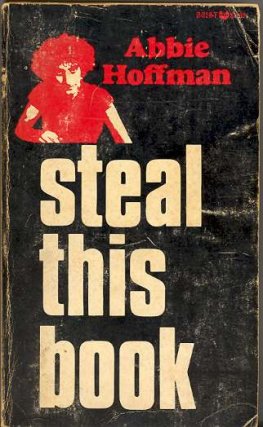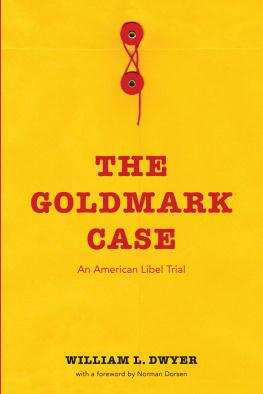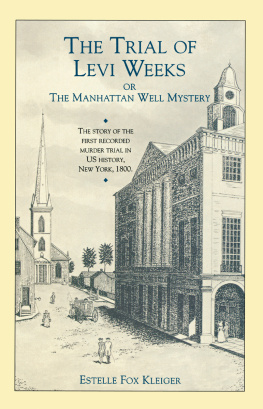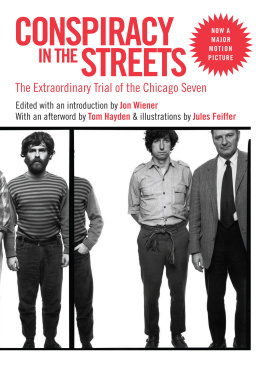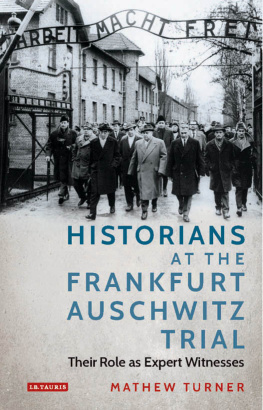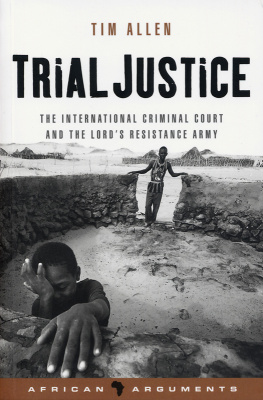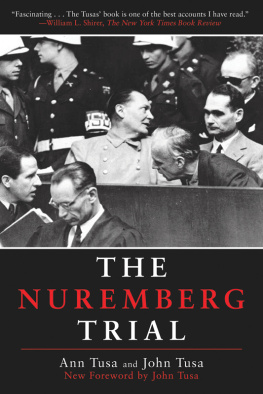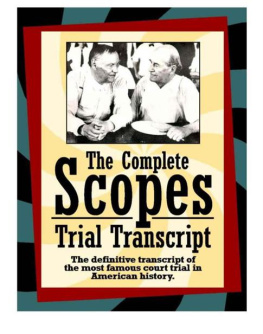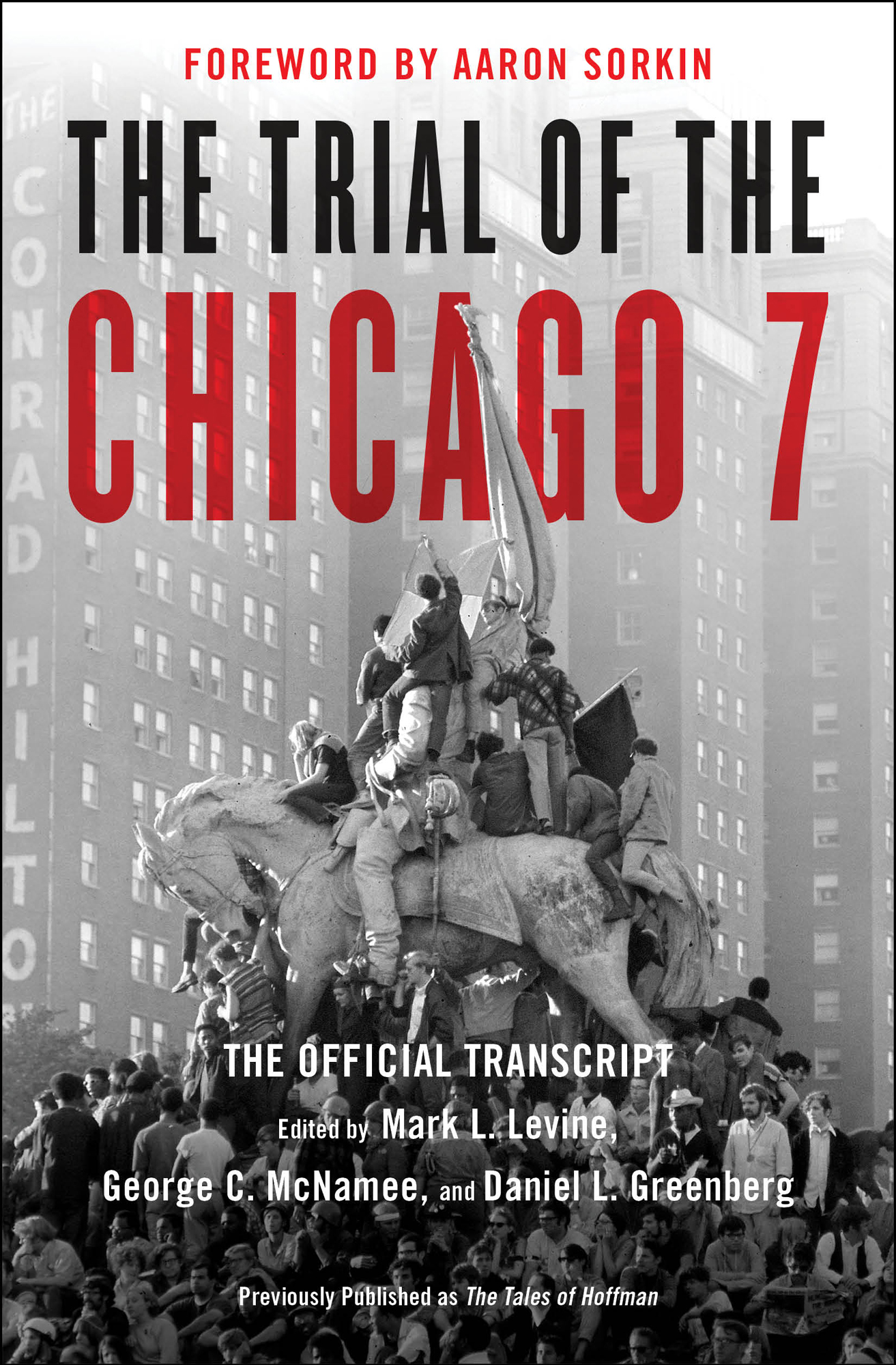Contents
Guide

Simon & Schuster
1230 Avenue of the Americas
New York, NY 10020
www.SimonandSchuster.com
Copyright 1970, 2020 by Mark L. Levine, George C. McNamee and Daniel L. Greenberg.
Illustrations copyright 1969, 1970 by National Broadcasting Company and 2020 by NBCUniversal Media, LLC.
Foreword copyright 2020 by Aaron Sorkin
The complete trial transcript in the case of United States vs. Dellinger, et al., is in the public domain.
All rights reserved, including the right to reproduce this book or portions thereof in any form whatsoever. For information, address Simon & Schuster Subsidiary Rights Department, 1230 Avenue of the Americas, New York, NY 10020.
This Simon & Schuster trade paperback edition October 2020
SIMON & SCHUSTER and colophon are registered trademarks of Simon & Schuster, Inc.
For information about special discounts for bulk purchases, please contact Simon & Schuster Special Sales at 1-866-506-1949 or .
The Simon & Schuster Speakers Bureau can bring authors to your live event. For more information or to book an event, contact the Simon & Schuster Speakers Bureau at 1-866-248-3049 or visit our website at www.simonspeakers.com.
Interior design by Kyle Kabel
Cover design by David Litman
Cover photograph by Julian Wasser / Getty Images
Library of Congress Cataloging-in-Publication Data
Names: Dellinger, David T., 19152004, defendant. | Levine, Mark L.,
editor. | McNamee, George C., editor. | Greenberg, Daniel L. editor. |
Sorkin, Aaron, writer of foreword. | United States. District Court
(Illinois : Northern District)
Title: The trial of the Chicago 7 / edited from the official transcript by
Mark L. Levine, George C. McNamee and Daniel Greenberg ; foreword by Aaron Sorkin.
Other titles: Tales of Hoffman | Trial of the Chicago Seven
Description: Trade paperback edition. | New York : Simon & Schuster
Paperbacks, 2020. | Originally published as The Tales of Hoffman
Identifiers: LCCN 2020012502 | ISBN 9781982155087 (trade paperback) | ISBN
9781982155094 (ebook)
Subjects: LCSH: Chicago Seven Trial, Chicago, Ill., 19691970. | Trials
(Political crimes and offenses)IllinoisChicago. | Trials
(Conspiracy)IllinoisChicago. | LCGFT: Trial and arbitral
proceedings.
Classification: LCC KF224.C47 L48 2020 | DDC 345.73/0243dc23
LC record available at https://lccn.loc.gov/2020012502
ISBN 978-1-9821-5508-7
ISBN 978-1-9821-5509-4 (ebook)
To my great-nieces and great-nephews, with the hope that their generation will succeed where ours has fallen short. Also to Patricia Hewitt and Bill Conwell.
MLL
To Karen, Ilana, and Mara, the personal who make the political important.
DLG
To Kathleenthe love of my lifeand our wonderful children, Hannah, Daniel, and Roger.
GCM
Preface
T his fiftieth anniversary edition is not just an account of a tumultuous clash of generations and cultures in a courtroom in Chicago. It is a call both to those who lived through the 1960s and to those who have only heard about the 1960s to recognize the importance of protest and taking action in a time of serious challenge to our country.
What you will read in the ensuing pages are the exact words of the participants, as officially recorded by the court stenographer, in the case of United States v. Dellinger et al., more popularly known as the Chicago Conspiracy trial.
Except for correcting obvious typographical errors in the transcript, none of the words have been changed. The 22,000 pages of transcript have been edited to capture the emotional drama of this controversial trial and the substance of the opposing positions. We have attempted to do this with a just eye, despite our personal biases, in an effort to adequately and fairly portray what occurred.
We have excerpted those portions which not only highlighted the trial, but typified it. The factual descriptions are there, but so is the outrage, the philosophy and the humor.
The transcript of a trial is one long continuous recording of the words of the participants, broken only by recesses for lunch and adjournments at days ends. Natural breaks in conversations and colloquies are not given, nor are the dramatic pauses which arise from the situations themselves or the participants language. It is these natural pauses that we attempted to supply by dividing the transcript into segments, each segment presenting as nearly as possible the moment in time as it took place in the courtroom, with all the emotions and nuances that normally occur in such repartee.
Because this is a book for the nonlawyer, all legalistic colloquies unnecessary to the main action have been deleted. And because we want the trial to speak for itself, we have kept editorial comments to a minimum. Thus comment appears within each chapter in order to place the printed segments in context by summarizing prior background, or by informing the reader when a new subject is about to be discussed or a new witness to take the stand.
Three asterisks divide the segments and indicate that unnecessary dialogue has been deleted at that point. Occasionally, two asterisks divide the segments, indicating a pause in the dialogue but no omission of material. Deletions of irrelevant dialogue have been indicated by ellipses between paragraphs. The editors have taken especial care to ensure that nothing has been removed from its context, most omissions being made merely to maintain the continuity of the action.
The book, like the trial, is divided into seven major parts. Beneath each part title, we have indicated the page numbers of the official court transcript from which the dialogue in that part is taken. Because the trial lasted four and a half months and spanned 22,000 pages, we often found it necessary to delete testimony of witnesses, in whole or in part, where we felt that it was not essential to following or understanding the proceedings.
We again remind the reader that the dialogue that follows is the verbatim language of the participants in the trial.
MARK L. LEVINE
GEORGE C. MCNAMEE
DANIEL L. GREENBERG
Foreword
O n a Sunday morning in 2006, I was asked to come to Steven Spielbergs house. Spielberg is an exceedingly affable man who does his best to make those around him feel comfortable and worth his time. It doesnt work on me. I believe him to be a genius and the greatest filmmaker whos ever lived, so on the few occasions he and I have been in the same room, Ive been terrified. And now he was about to ask me to write a movie for him.
I want to make a film about the Chicago Seven, he said. The riots, that crazy trial
I told him I thought it was a great idea, that there hadnt been a film about the Chicago 7 and that Id love to write it. I didnt tell him that the first thing Id need to do was find out who the Chicago 7 were and what the hell he was talking about.
I had a vague sense that something had happened in 1968 at the Democratic National Convention in Chicago. I knew that Abbie Hoffman was a leader in the sixties counterculture movement and the only thing I could tell you about Tom Hayden was that at one point hed been married to Jane Fonda. That was it. So I read a few books.
It turns out something had

